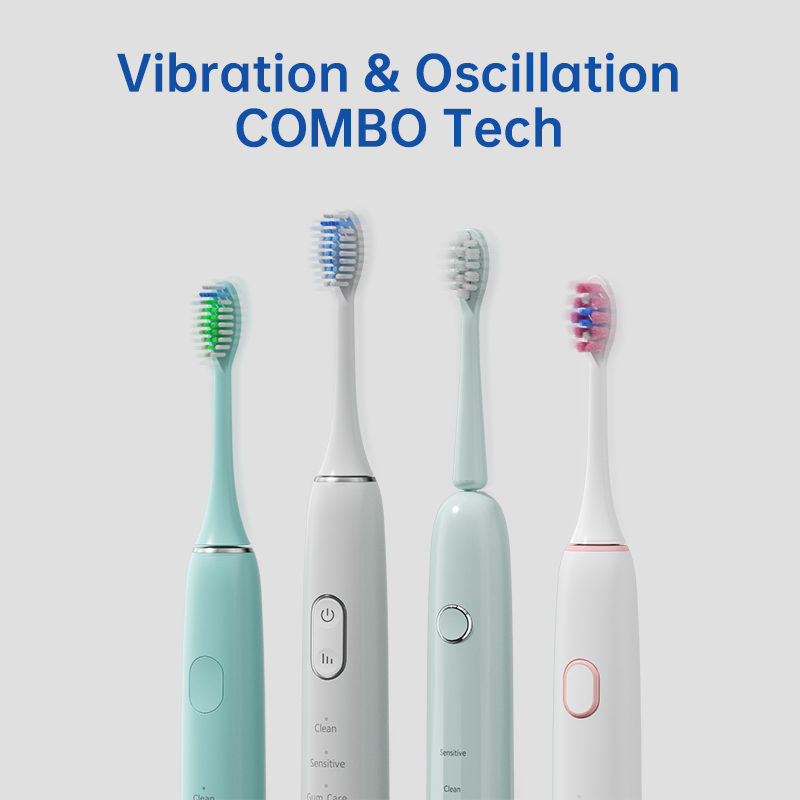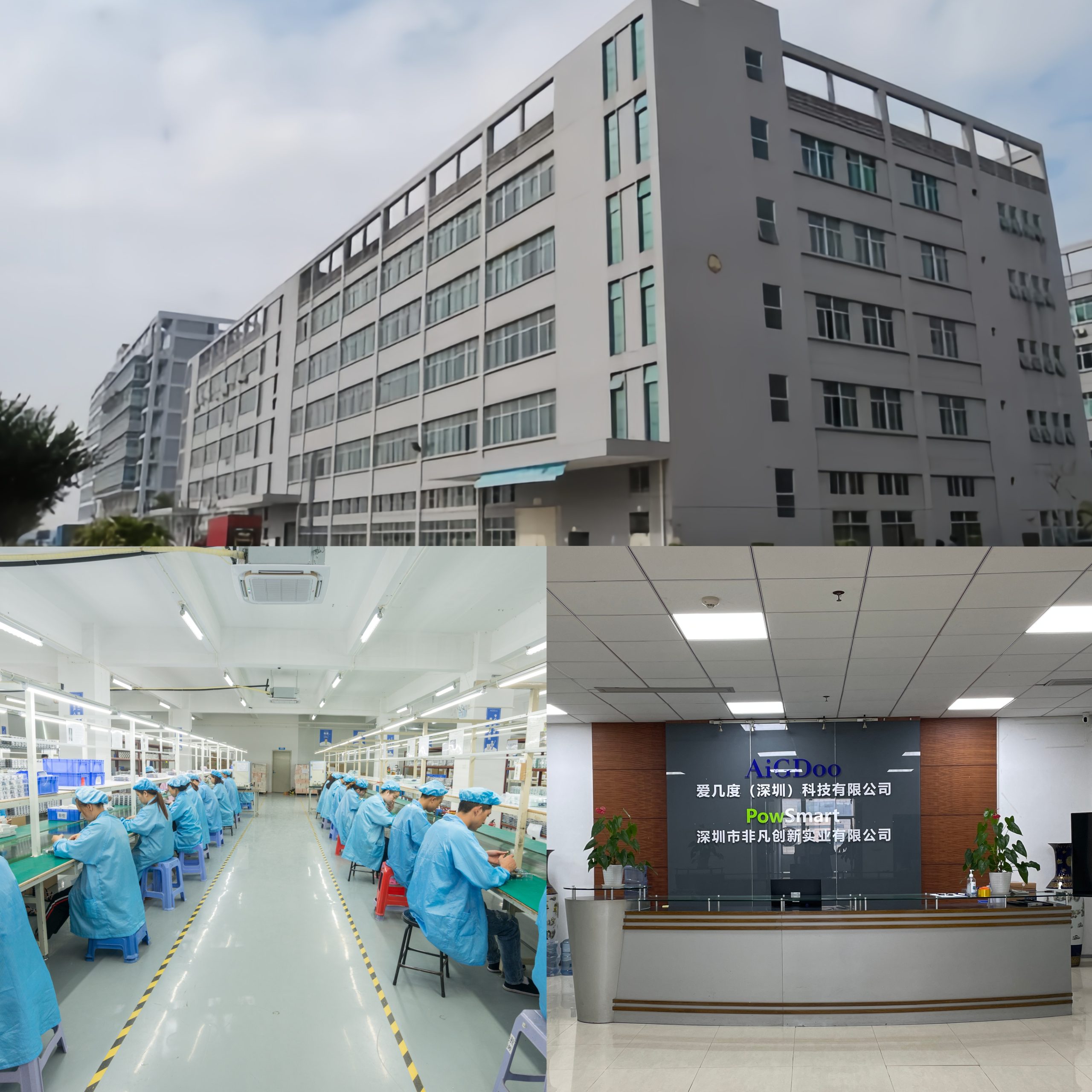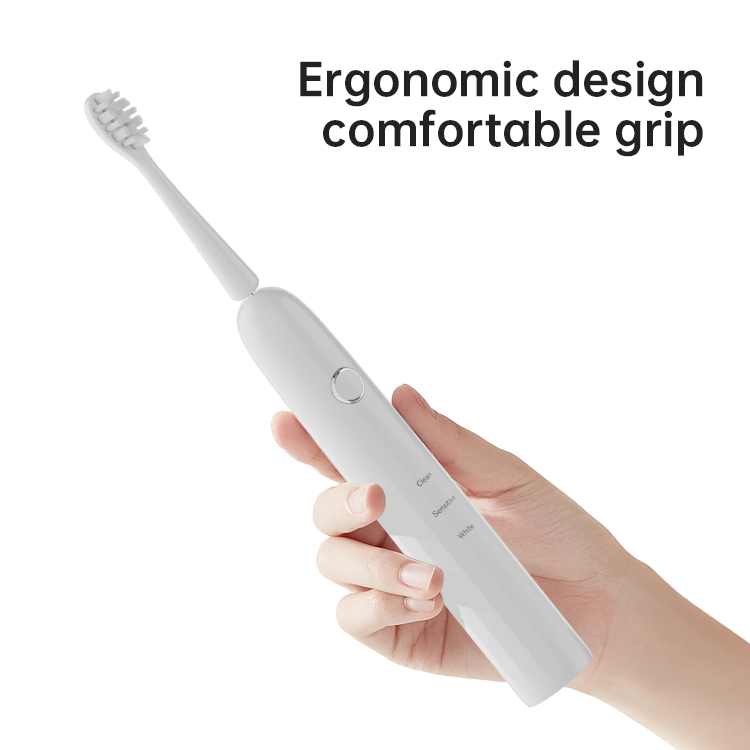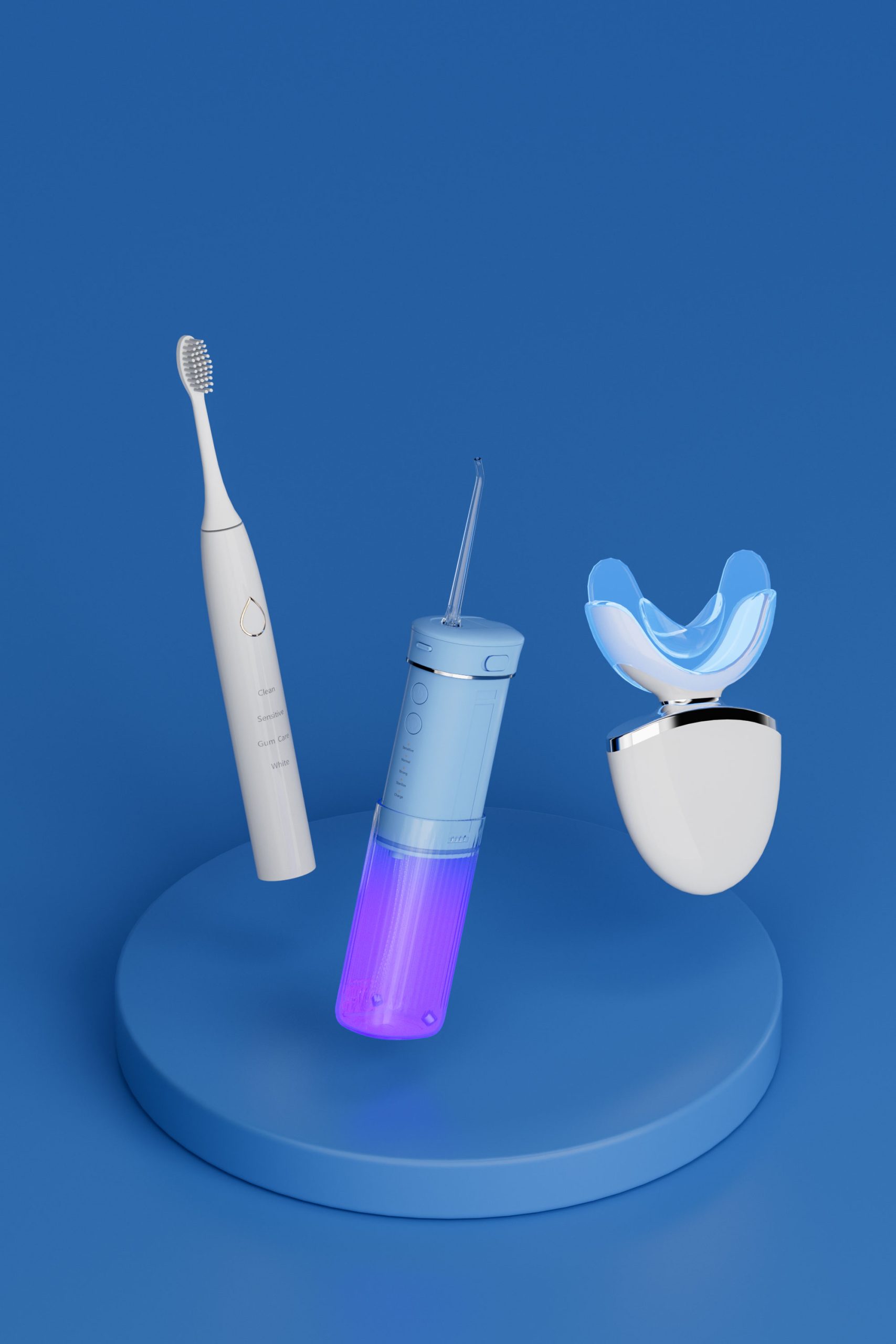The growing popularity of the Quiet Toothbrush for Office use is easy to understand — professionals appreciate silent, discreet oral care tools they can use between meetings or during travel. However, a hidden concern has begun to emerge among users and suppliers alike: nozzle clogging. While noise control is prioritized in brush design, has this focus inadvertently opened the door to fluid buildup, toothpaste residue, and nozzle inefficiency? In this blog, we examine how noise-optimized models are managing internal hygiene, and whether nozzle clogging is an overlooked issue for B2B buyers.
Compact, nearly-silent electric toothbrushes are ideal for:
The Quiet Toothbrush for Office often features noise-dampening motor assemblies, soft-pulse brushing modes, and water-conserving designs. But the very engineering that dampens vibration and sound can reduce fluid flow efficiency, which in turn impacts internal rinsing and self-cleaning. Company web: https://www.powsmart.com/product/electric-toothbrush/
Nozzle clogging occurs when:
For brushes with integrated water jets or dual-function rinse nozzles, clogging not only hampers performance but may also generate long-term hygiene concerns — especially when devices are used communally or stored in confined, humid cases.
-300x300.jpg)
-300x300.jpg)
In a Quiet Toothbrush for Office, several design choices may unintentionally increase the risk of nozzle clogging:
These factors can lead to inconsistent water or foam flow, reduced cleaning efficiency, and long-term user dissatisfaction if not addressed in the product development phase.
To minimize nozzle clogging in your Quiet Toothbrush for Office product line, OEM buyers should:
These upgrades not only improve performance but can also become strong selling points in competitive office or travel hygiene categories.
Even the best nozzle design can’t compensate for poor user behavior. Educational packaging or app integration should:
This proactive approach reduces warranty claims and boosts user confidence in the Quiet Toothbrush for Office category.
While minimizing operating noise is critical for certain consumer segments, nozzle clogging should not be a hidden tradeoff. B2B clients looking to deliver silent, compact, and professional-use oral care solutions must collaborate with OEM partners to balance acoustic engineering with fluid dynamics. At POWSMART, we specialize in advanced quiet motor design without compromising nozzle performance. For brands focused on high-demand office or travel markets, it’s time to ensure that quiet doesn’t mean clogged. Contact us
-1.jpg)
Does Premium Rose Gold Gift Toothbrush Cause Mode Confusion?
Best Electric Toothbrush for Sensitive Gums – Gentle and Effective Oral Care

Does Braces Cleaning Electric Toothbrush Cause Sensor Failure?

Is Toothbrush Export Manufacturing Viable with a Professional Toothbrush OEM Partner?
Electric Toothbrush vs Manual – Benefits for Oral Health and Efficiency

Innovative Features That Make Your Electric Toothbrush Stand Out
Electric Toothbrush for Kids with Timer – Bulk Supplier for Schools & Dental Programs

Black & White Smart Toothbrushes: Minimalist Design for Bulk Orders

Why Smart Electric Toothbrushes Are Oral Care Market Trends and in Demand
Electric Toothbrush for Subscription Brands
Compact Portable Electric Toothbrush Wholesale
.jpg)
Top 5 Factors When Selecting a UV Sterilizing Water Flosser Manufacturer
Luxury Electric Toothbrush Manufacturer

How Can Toothbrush OEM Manufacturing Services Boost Your Custom Toothbrush Branding Strategy?
ADA-Approved Sonic Toothbrush OEM

Oral Care is Personal Care: An Untapped OEM Opportunity for Your Brand

electric toothbrush heads Ultra Soft

electric toothbrush heads Regular Clean

Private Label Whitening Gel

electric toothbrush heads Deep Clean
.jpg)
Florida Electric Toothbrush – Powsmart PTR-C8

Customization Teeth Whitening Gel

electric toothbrush heads Charcoal Infuse-Round

Electric toothbrush heads Charcoal Infused-Diamond
whstapp
whstapp
National Toll-Free Service Hotline
+86 755 86238638